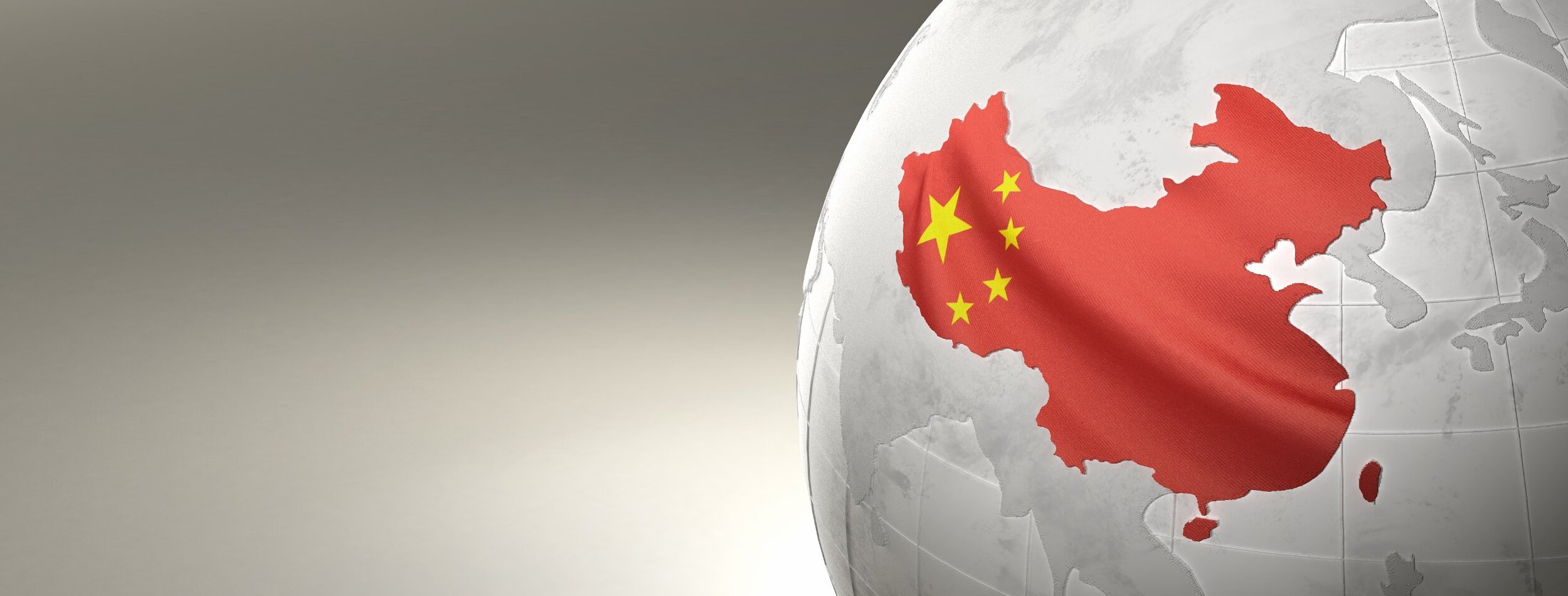Location of China

China is located in Southeast Asia and its coast is lined by the Pacific Ocean. China is the third largest country in land mass, after Russia and Canada. The area of China is 9.6 million square kilometers and its coastline is 18,000 kilometers. On a map, China resembles a rooster. The north is bordered by Russia, Mongolia, and Kazakhstan; the west is bordered by Afghanistan, Pakistan and India; and the south is bordered by Burma, Thailand, and Vietnam.
Physical Features
China’s immense size allows for large land variation. The entire range of topography is represented in China: plateaus, plains, basins, foothills, and mountains. Uneven terrain dominates China; from the East to the West, the terrain recedes from mountains to plateaus. This trend is called “ladder topography” and forms the Qinghai-Tibet Plateau, the Kunlunshan mountain range, the Qilianshan mountain range, and the Hengduan mountain range. The tallest mountain in the world, Everest, is within China’s boarders.
Regional Divisions
Though the different steps in the topography could divide China, the four major divisions of China do not come in that fashion. The regions are: North, South, Northwest and the Qinghai-Tibetan. Each region is marked by difference in customs, dialect, and lifestyle. The North and South regions are the most populated regions of China and account for 95% of the population. They are divided by the Qin mountains, Huai River, and are part of the monsoon region. The Northwest and the Quinghai-Tibetan regions take up the majority of China’s land, yet hold only 5% of the population, which accounts for the area’s large variation in customs.
Rivers and Lakes
China has a vast array of rivers and lakes. The rivers can be broken up into two categories: interior and exterior. China is home to the 3rd and the 6th largest rivers in the world, the Yangtze and the Yellow River, both of which empty into the Pacific Ocean. The Yangtze River is the largest river in China, is 3,988 miles long, and flows over 70% of China’s diagonal length. The Yellow River is the second largest river in China, is 3,395 miles long, and flows throughout 9 providences; the Yellow River is called “the Cradle of Chinese Civilization.”
The Lower Yangtze Plain and the Qinghai-Tibet Plateau are home to most of the lakes in China. Southeastern lakes have high salinity; the Qinghai Lake is the largest salt-water lake. Freshwater lakes are located in southeastern China.
